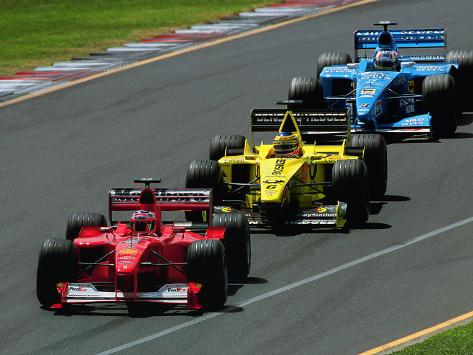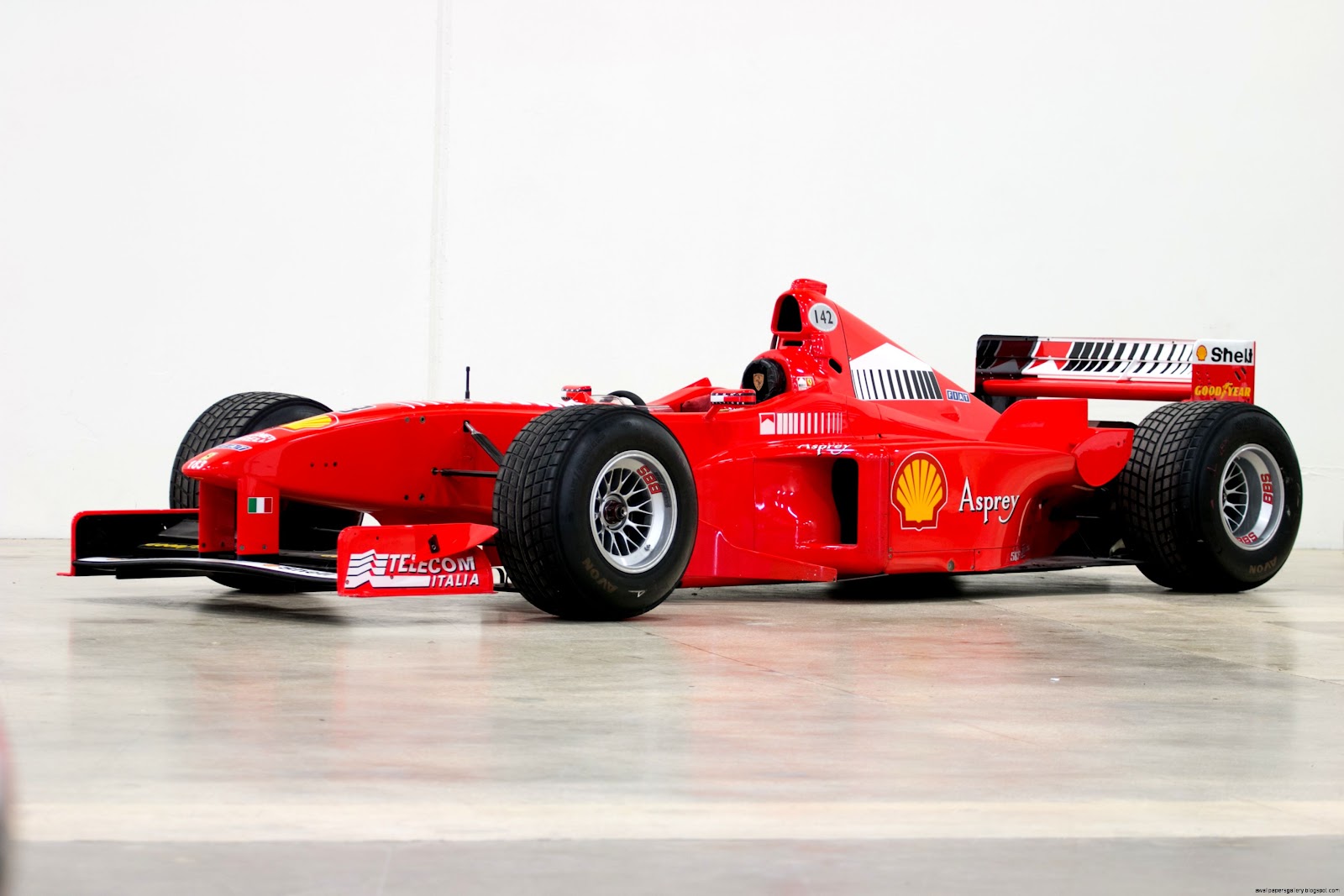

While the most powerful desktops have around 64 processing cores, F1 engineers had access to more than 2,500 AWS cores for every run - often with many jobs running simultaneously. We were able to shortcut a lot of the process.”Ĭustomers use AWS for CFD projects to design everything from aircraft to medical devices. “This meant the time between receiving and analyzing results and moving to the next step was much shorter.
#FORMULA ONE RACING CARS SERIAL#
“Moving to AWS enabled us to break away from that serial model and run lots of cases at once without having to queue behind other customers,” Dodman said. Dodman’s team ultimately transitioned to a HPC platform on AWS, using AWS ParallelCluster and a combination of Amazon Elastic Compute Cloud (Amazon EC2) instances including AWS Graviton2-based C6gn instances to run complex simulations modeling the turbulence wake of cars and the impact on trailing cars. The project kicked off with F1 using CFD at a third-party facility, which meant sharing capacity with other customers and, as a result, limiting the quantity and quality of simulations. “This meant that F1 needed access to very large high performance computing (HPC) resources.”į1's Rob Smedley on using AWS to improve the fan experience “There are a lot of complex physics involved with how a F1 car moves around a corner, which creates a massive computational challenge with a huge matrix of scenarios,” Ashton said.

By numerically solving a form of the Navier-Stokes equations, companies like FORMULA 1 can study the complex nature of turbulent flows from their laptops. Instead of relying on time-consuming and costly physical tests, F1 used computational fluid dynamics, which provides a virtual environment to study the flow of fluids (in this case the air around the F1 car) without ever having to manufacture a single part. “But for this project, we were looking at how cars perform in the wake of another car, as opposed to running in clean air.” “Nobody designs a car to come in second,” observes Pat Symonds, chief technical officer at FORMULA 1. The F1 engineering team was tasked with designing a car that can produce a smaller wake, while maintaining the degree of downforce and peak speeds, but is also not adversely affected by driving through another car’s wake. We recognized things had to change to level the playing field and deliver a more compelling spectator experience.” “Fans want to watch an exciting race with lots of overtaking and, quite simply, the sport hasn’t delivered that. “One criticism often leveled against FORMULA 1 is that, at times, it can be processional and easy to predict who will win on a given race weekend by virtue of the fact that it's quite a cyclical sport in terms of competitiveness,” Dodman said.

#FORMULA ONE RACING CARS DRIVERS#
Over the past three years, the F1 engineering team has collaborated with AWS to explore the science of how cars interact when racing in close proximity and, ultimately, develop new design specifications to deliver a more competitive racing spectacle for fans while keeping drivers safe.
:max_bytes(150000):strip_icc()/fomula_one_486090615-56a31c083df78cf7727bd2e7.jpg)
Imagine trying to drive a speedboat behind another speedboat and bouncing around in the water - it’s the same with race cars.” "Nobody designs a car to come in second" And wake is detrimental to what’s behind it. The faster cars go, the more downforce they make, and the bigger the wake behind them becomes. “Think of a speedboat rushing by on a completely calm lake. “It's as simple as an object moving through a fluid - whether that's air or water - and creating a disturbance behind it,” Dodman adds. “This loss of downforce means that even the best drivers in the world can’t overtake the car in front of them, ” says Neil Ashton, a former FORMULA 1 engineer who today is principal computational fluid dynamics (CFD) specialist for Amazon Web Services (AWS). In its collaboration with the NFL, AWS contributes cloud computing technology, machine learning services, business intelligence services - and, sometimes, the expertise of its scientists.


 0 kommentar(er)
0 kommentar(er)
